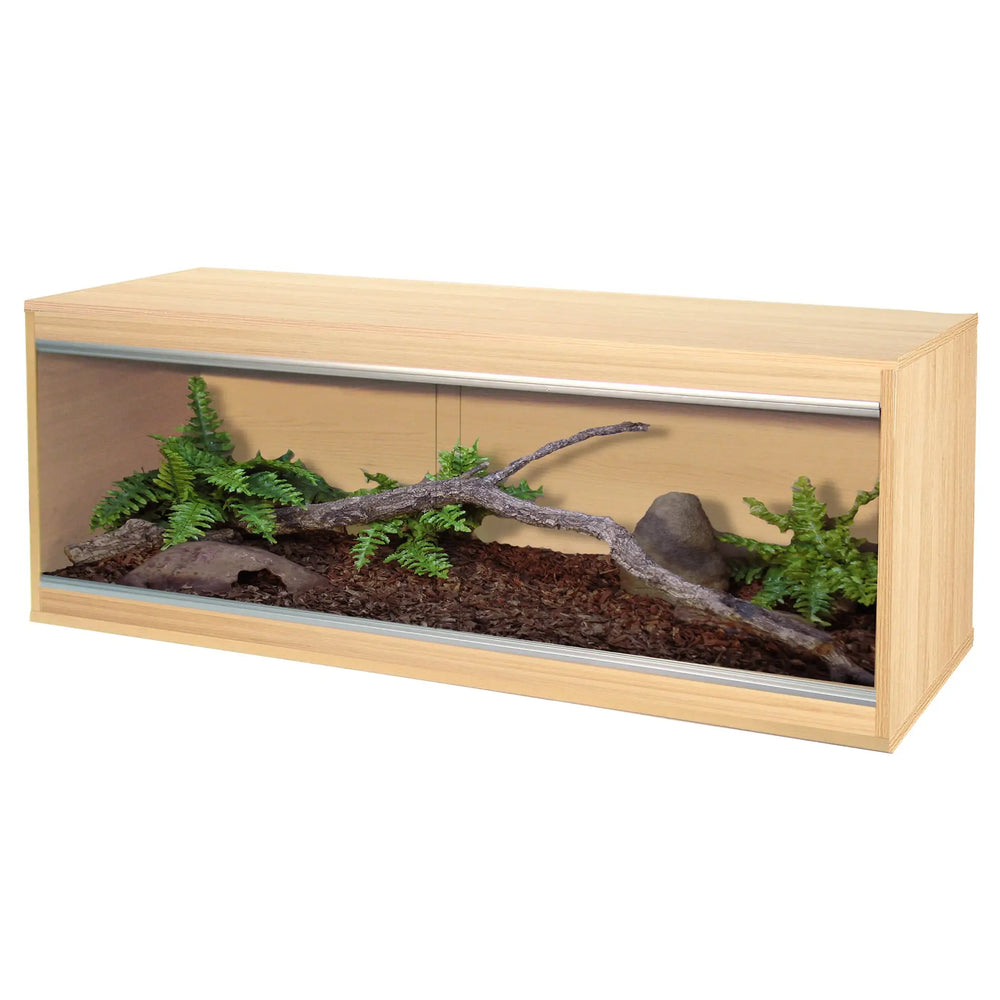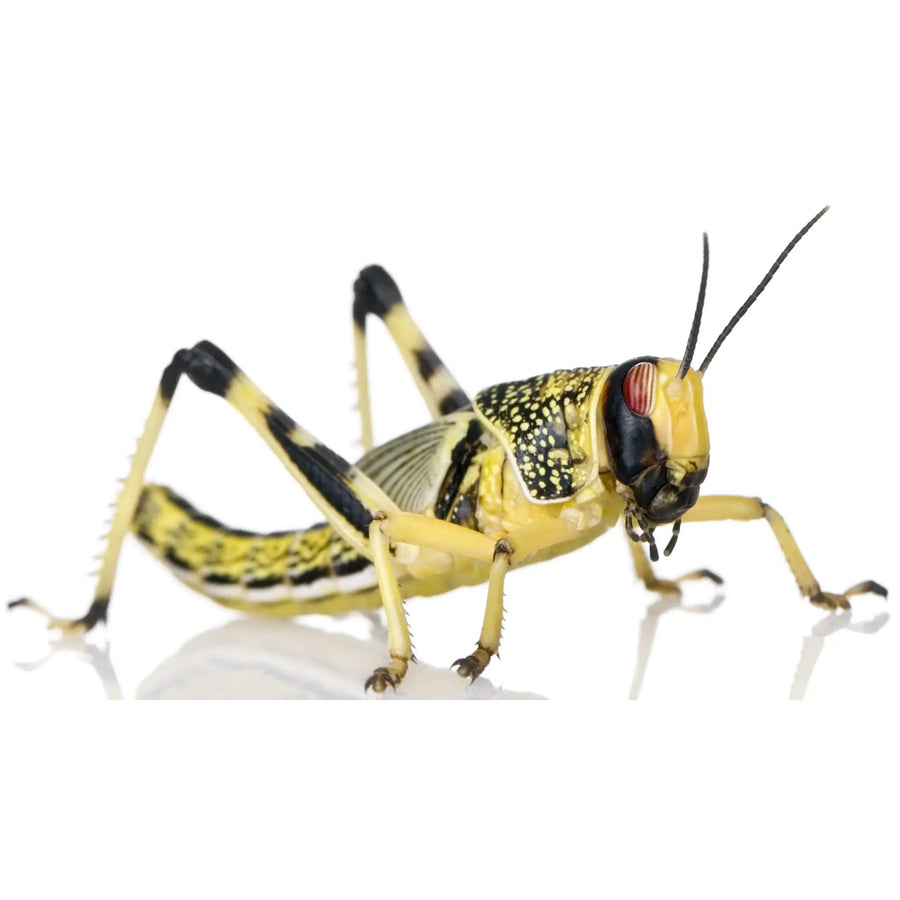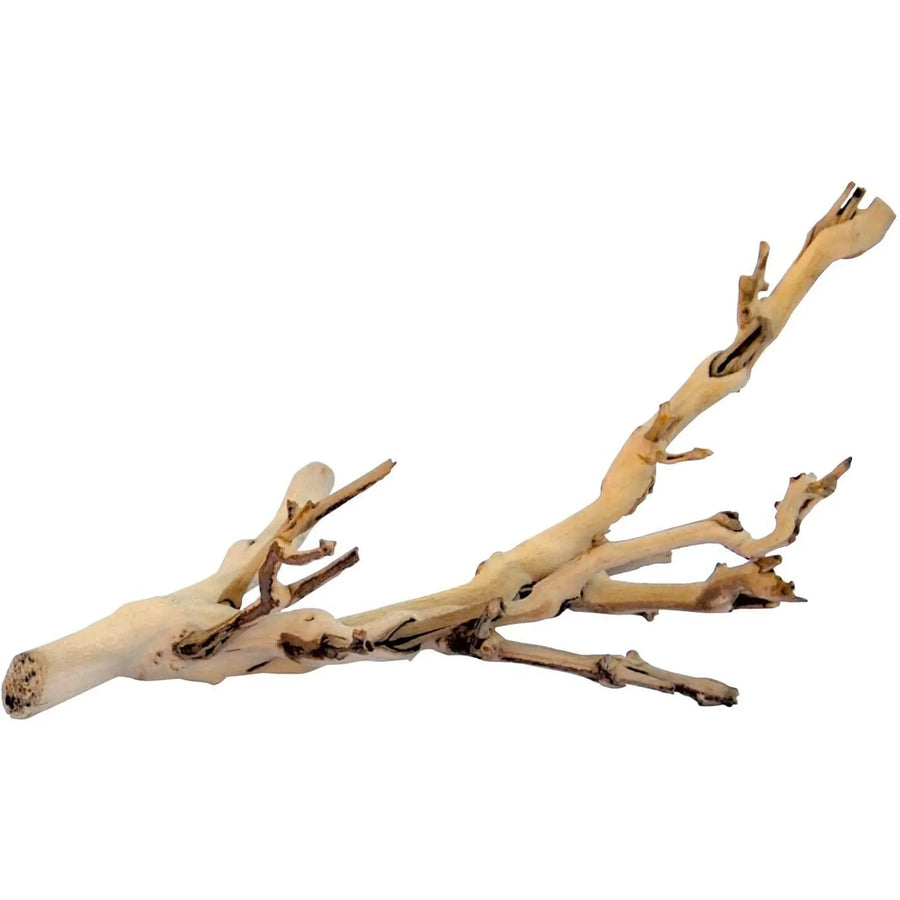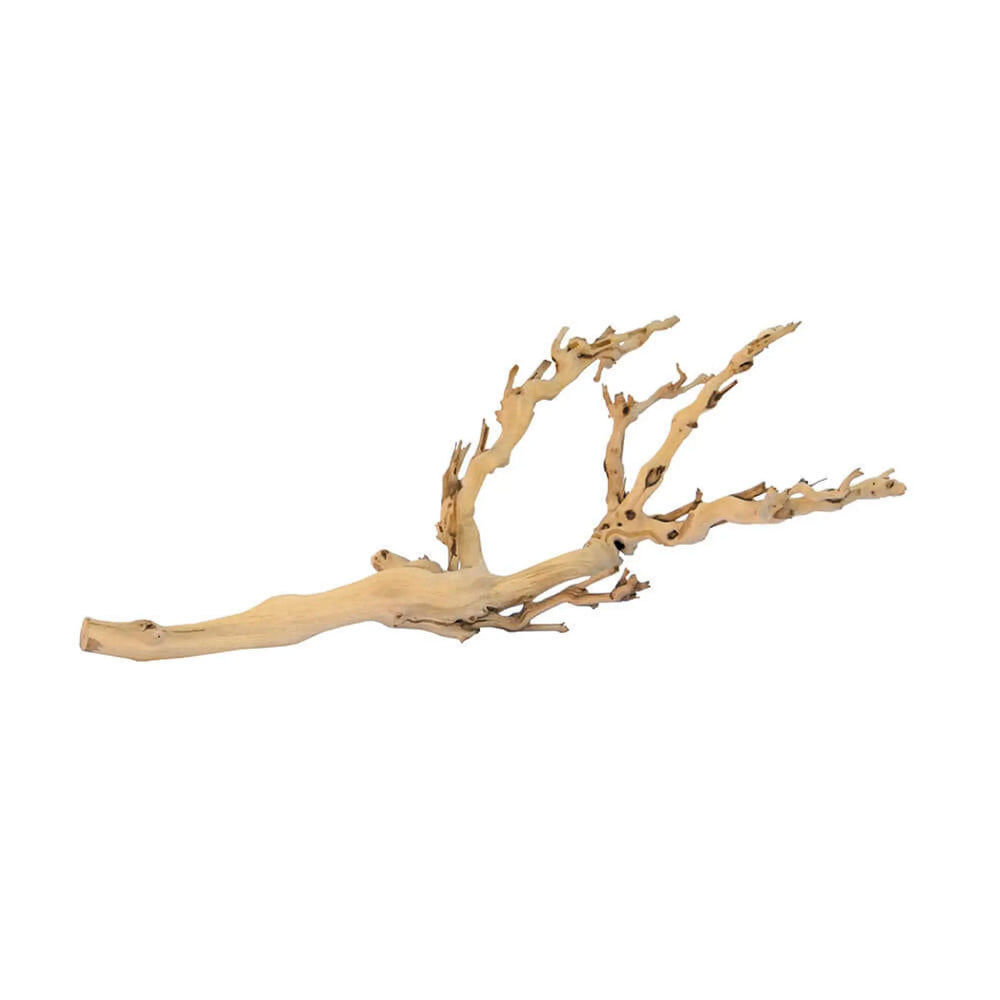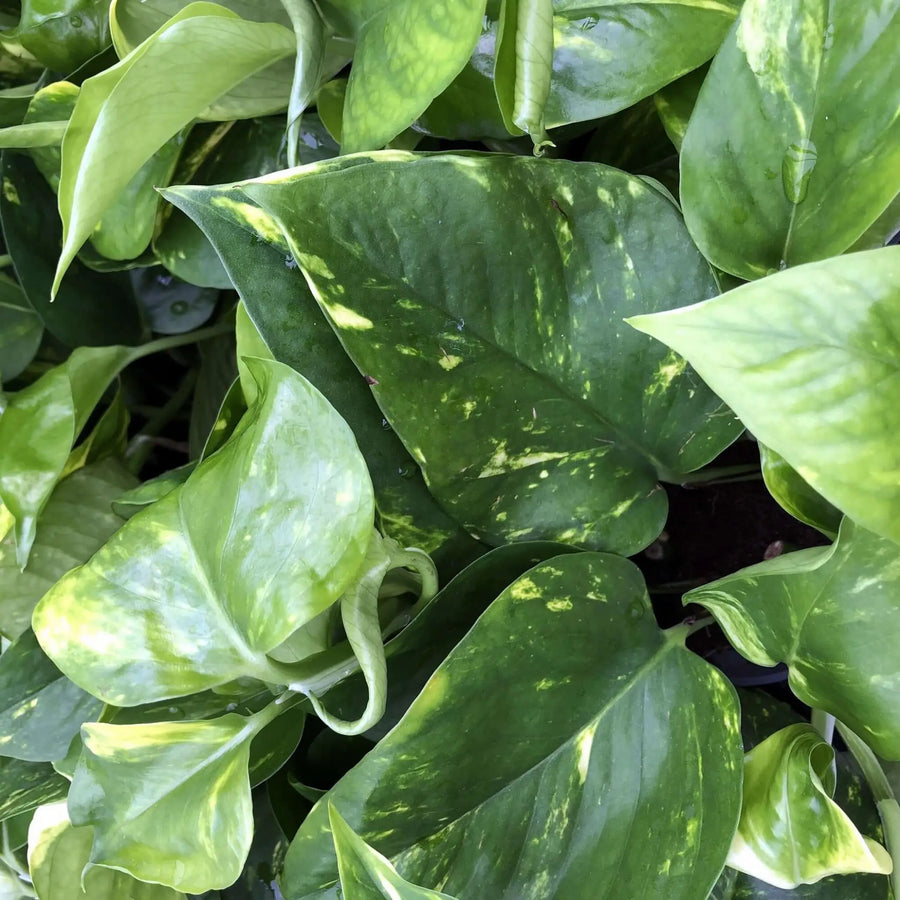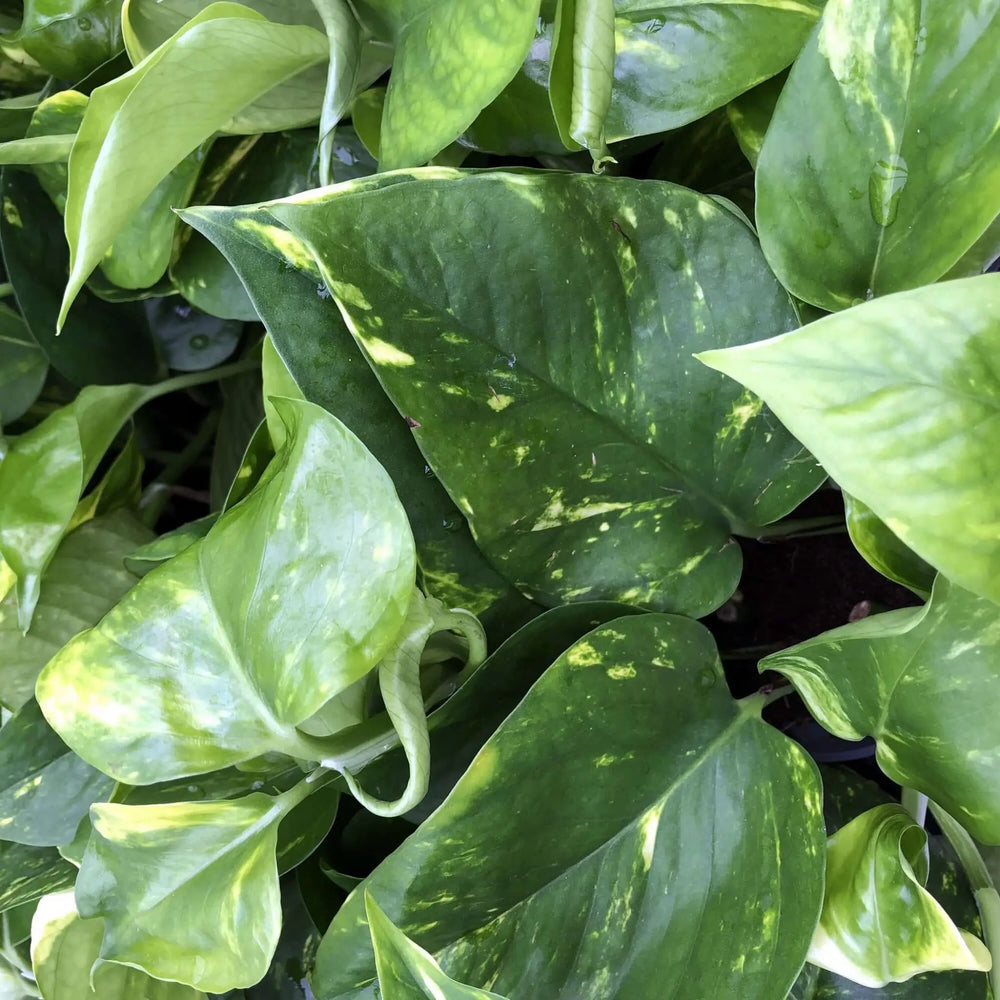
Pet Reptile Populations in the UK: Trends and Insights
by Luke Tansley on in
Step into the fascinating world of pet reptile populations in the UK, where an ever-growing fascination with these creatures is transforming households nationwide. Roughly 5% of UK households now have reptiles as pets, highlighting a significant rise in their popularity. From lizards to snakes, more people are embracing these exotic pets, bringing a unique dynamic to British homes.
Owning a reptile can be a rewarding experience, yet it also comes with responsibilities. Meeting their needs can be challenging due to their specific diets and behaviours. This reflects a broader trend in the pet industry, where the demand for diverse, non-traditional pets like turtles and snakes is reshaping our approach to animal welfare.
Supporting the well-being of pet reptiles is important for their population viability, both in captivity and in the wild. Keep reading to find out more about what the most popular pet reptiles, amphibians and arachnids are in the UK.
Overview of Reptile Populations in the UK

The UK has seen a significant rise in the number of reptiles kept as pets. There is a growing fascination with these creatures, leading to an increase in reptile ownership in British households.
Pet Reptile Statistics in the UK
Recent statistics reveal a notable rise in reptile ownership across the UK’s pet population, reflecting growing interest in these unique animals.
Around 5% of UK households now keep reptiles, up from 3.4% two years ago. Key findings include:
- 900,000 tortoises and turtles in homes (UK Pet Food).
- 800,000 lizards kept as pets (UK Pet Food).
- 700,000 snakes, spanning popular species like the grass snake and adder (UK Pet Food).
- 400,000 frogs and toads are kept as pets (UK Pet Food).
- As per BornFree’s 2023 survey, over 2,700 dangerous wild animals were licensed to be privately owned in the UK. Many more are expected to be kept without a license.
- The reptile sector of the pet industry is estimated to be worth £200 million (The Scottish Government).
Reptile pets include a variety of species, such as the common lizard, sand lizard, and slow-worm. Pet owners are also drawn to more exotic reptiles like snakes, which span species such as the grass snake and adder. This diversity showcases how reptiles have become a significant part of the pet landscape in Britain.
Most Popular Pets in the UK
In the UK, households own a wide range of pets. Dogs and cats are frequently sought after for their companionship. Reptiles, like lizards and snakes, have also gained popularity, appealing to those interested in more exotic animals.
Most Popular Lizard Species in the UK
 One of the most popular lizard species in the UK is the bearded dragon. Many appreciate these reptiles for their docile nature and ease of care.
One of the most popular lizard species in the UK is the bearded dragon. Many appreciate these reptiles for their docile nature and ease of care.
They require a warm habitat, often provided through heat lamps and specialised enclosures. Other popular species include leopard geckos and crested geckos.
These lizards are relatively small and cost-effective to maintain. When choosing a lizard, consider its diet, such as crickets and mealworms, and ensure the habitat replicates their natural environment for the lizard’s well-being.
Most Popular Snakes in the UK
 Among snakes, the corn snake is a favourite choice. These snakes are known for their manageable size and variety of colours.
Among snakes, the corn snake is a favourite choice. These snakes are known for their manageable size and variety of colours.
They are non-venomous, which adds to their appeal as pets. Ball pythons also attract attention due to their calm temperament. They require an enclosure or a reptile vivarium with proper heat and humidity levels.
For those choosing a snake, snake welfare regulations are important due to their specific habitat and dietary needs, usually involving rodents. Their popularity stems from being relatively easy to handle and care for.
Most Popular Tortoises & Turtles in the UK
 Tortoises such as the Hermann’s tortoise are popular for their long lifespan and relatively low maintenance needs. They require a secure outdoor enclosure and a diet rich in leafy greens.
Tortoises such as the Hermann’s tortoise are popular for their long lifespan and relatively low maintenance needs. They require a secure outdoor enclosure and a diet rich in leafy greens.
Among turtles, red-eared terrapins stand out. They need a balance of water and land in their tanks.
It's vital to understand trade regulations surrounding turtles and tortoises, as they may involve conservation issues. Proper care ensures their healthy longevity and helps maintain viable populations.
Most Popular Spiders in the UK
 Tarantulas are a top spider choice for exotic pet enthusiasts in the UK. They are relatively easy to care for, requiring minimal habitat or terrarium setup. Popular varieties include the Chilean rose and Mexican red knee.
Tarantulas are a top spider choice for exotic pet enthusiasts in the UK. They are relatively easy to care for, requiring minimal habitat or terrarium setup. Popular varieties include the Chilean rose and Mexican red knee.
While they can seem intimidating, these spiders are often chosen for their interesting behaviour and low feeding costs, typically small insects. Understanding the commitment involved in spider care is important for potential owners to avoid habitat loss and ensure a stable population.
Pet Reptile Population FAQs
 How many reptiles are kept as pets in the UK?
How many reptiles are kept as pets in the UK?
In the UK, pet reptile numbers have grown significantly. The latest data from UK Pet Food indicates that there are around 2.4 million reptiles kept as pets, including tortoises, turtles, lizards, and snakes. This equates to roughly 5% of British households owning at least one reptile, which is a rise from 3.4% in 2022.
What is the most popular reptile pet in the UK?
Among reptile enthusiasts in the UK, lizards are the most popular choice. Bearded dragons, geckos, and chameleons are particularly favoured due to their intriguing appearance and relatively manageable care requirements.
Snakes also have a dedicated following, with corn snakes and ball pythons being common choices. Tortoises and turtles are also popular, appreciated for their longevity and unique personalities.
How are reptiles protected in the UK?
Protection of reptiles in the UK involves both legal measures and conservation efforts. Laws regulate the trade of exotic pets, ensuring that animals like adders and grass snakes are not removed from the wild. Conservation programs also play a crucial role.
Organisations such as Froglife work to monitor and enhance wild reptile populations. Surveys and the Amphibian and Reptile Monitoring Program collect data on species like the slow-worm and adder to inform conservation strategies.
Interested in Getting a Pet Reptile? Contact Us Today
 The UK's pet reptile population has been growing significantly. This rise can be attributed to growing interest in exotic pets.
The UK's pet reptile population has been growing significantly. This rise can be attributed to growing interest in exotic pets.
Lizards, snakes, turtles, and tortoises are the most common reptiles kept as pets. These animals require specific care, diets, and environments to thrive. Many reptile owners appreciate the unique aspects of keeping such pets, including their fascinating behaviours and appearances.
The youth demographic shows a strong interest in keeping reptiles. About 45% of reptile owners are aged between 20 to 30 years. Understanding the motivations behind adopting reptiles can help improve animal welfare practices.
If you’re interested in joining the growing population of reptile owners in the UK, contact us today at 01604 753823 or sales@reptilecentre.com. We can help you with any questions you may have or for some useful tips and have many reptiles for sale.



